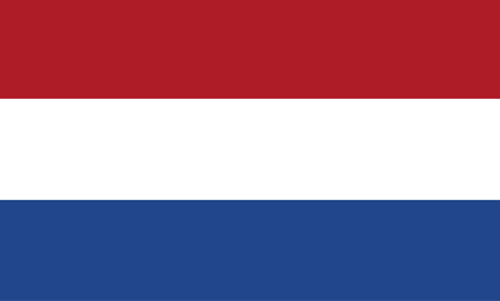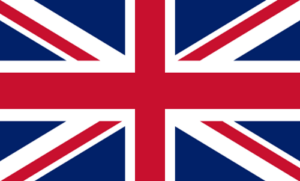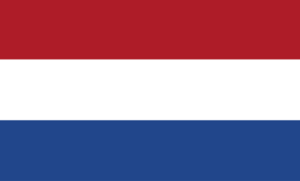Surfing
Surfing the waves with Zeehelden at the Wassenaarse slag can be done in the summer holidays during the three and five day surf camps and in the spring and autumn on Sunday morning surfing lessons. Would you like to surf with your birthday party? That is also possible with us. Group outings or private lessons can also be organized for adults. Do you want to surf in Wassenaar? You’re in the right place at Zeehelden!
Want to learn to surf?
The passionate Zeehelden surf instructors are dedicated to teaching beginners and advanced to surf faster and better. Our experience is that surfing becomes more fun as you progress and we know that there is a way to speed up this process and we would like to share that with you. That is why we have developed various surfing programs for young people.
During the summer vacation you can go on a three or five day surf camp. In the spring and autumn there are surf lessons on Sunday Mornings. For adults, private or group lessons can be organized by appointment. In short, come to the Wassenaarse slag to learn how to surf at Zeehelden. Let’s go surfing Wassenaar!
Wave surfing theory
Surftechnics
To get to know more about surfing below are the most important things that a beginner / intermediate surfer should know before the first surfing Wassenaar lesson.
1. The learning curve
It is very important to know: surfing is one of the most beautiful but at the same time one of the most difficult sports in the world. After all the surfing elements are constantly changeing. Not a single wave is the same. Your first real wave will give you an enormous stoke, so all the hard work won’t be in vain. The learning curve, or the speed at which a person learns, varies greatly per person. When you start surfing with the right expectations it will give you a lot of pleasure!
2. The right board
Starting off with the right board will help you a great deal when learning how to surf. The right volume and shape is important. A lot of volume provides a lot of buoyancy. It is a combination of length, width and thickness. When you start surfing, you will need plenty volume. Therefore choose a longboard or a foam board.
3. The right surf spot
We are lucky that the Dutch North Sea coast is very accissible for beginners / intermediate surfers. First of all, it is a sandy background so that it is not dangerous to hit the bottom. Secondly, the waves in the North Sea are built partly by the wind and partly by the ground swell. The North Sea has a relatively small water surface compared to the world’s oceans. Large and powerful waves can occur in the North Sea, but on the coast they are not as immensely powerful and dangerous as on some ocean beaches. That is one of the reasons why the North Sea coast is a great place to learn how to surf. The Wassenaarse slag is extra nice because it is not busy with other surfers. This gives you plenty of room to practice. So surfing Wassenaar is an excellent option!
The weather conditions are of course also super important. Before surfing, view the predictions so that you know approximately what to expect. This is possible on surfweer.nl for example.
4. Have someone explain the basic technique to you
As mentioned in point 1, surfing is one of the most complex and technical sports in the world. Imagine that you learn the wrong basic techniques and that you then have to unlearn your bad habits before you can continue your progress.
If you seriously want to learn how to surf, you learn it the right way. Let an experienced friend or surf coach explain the correct basic technique for the first few days. You can then continue practicing with the right basic technique.
5. Surf etiquette
There are many rules when surfing: do not paddle inside, do not drop in, do not let your surfboard shoot, and so on. It may sound like abrcadabra when you are new to the sport. But here are the three most important things to surf safely:
Do not drop in. This means that nobody is allowed to steal someone else’s wave. If an other surfer is already catching the wave it is not allowed to drop in on the wave. When you paddle on a wave, look at both sides (right and left) if it is free.
The right place for the right level. By this we mean that as a beginner you should not go straight for the most difficult waves. You will not enjoy it yourself and you can get in the way of advanced surfers.
Don’t get too tired or cooled. Listen to your body. If you feel that your powers are running out or you get very cold, get out of the water. It is important that you are fit and have the right equipment. A good wetsuit will keep you warm for longer.



